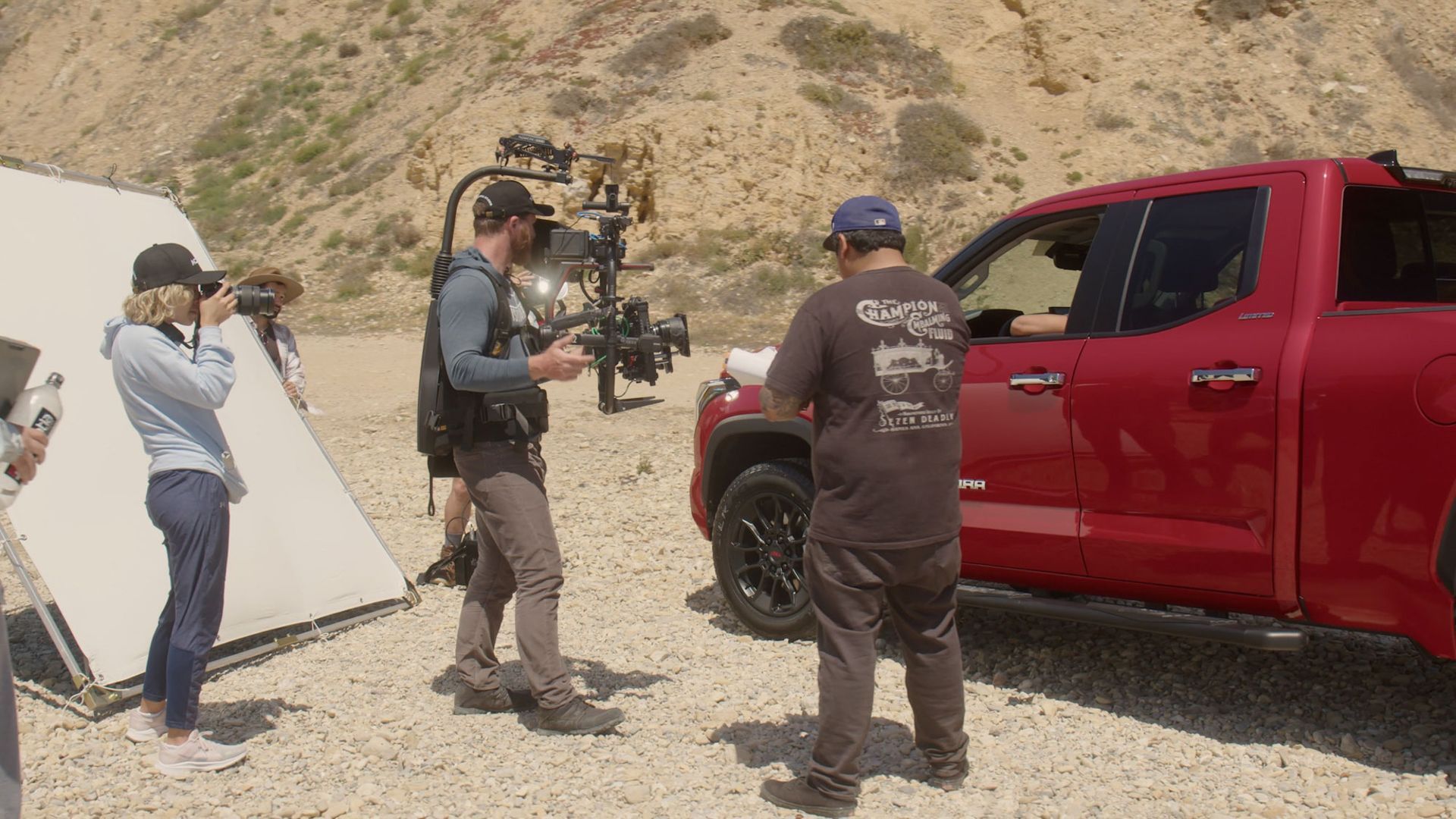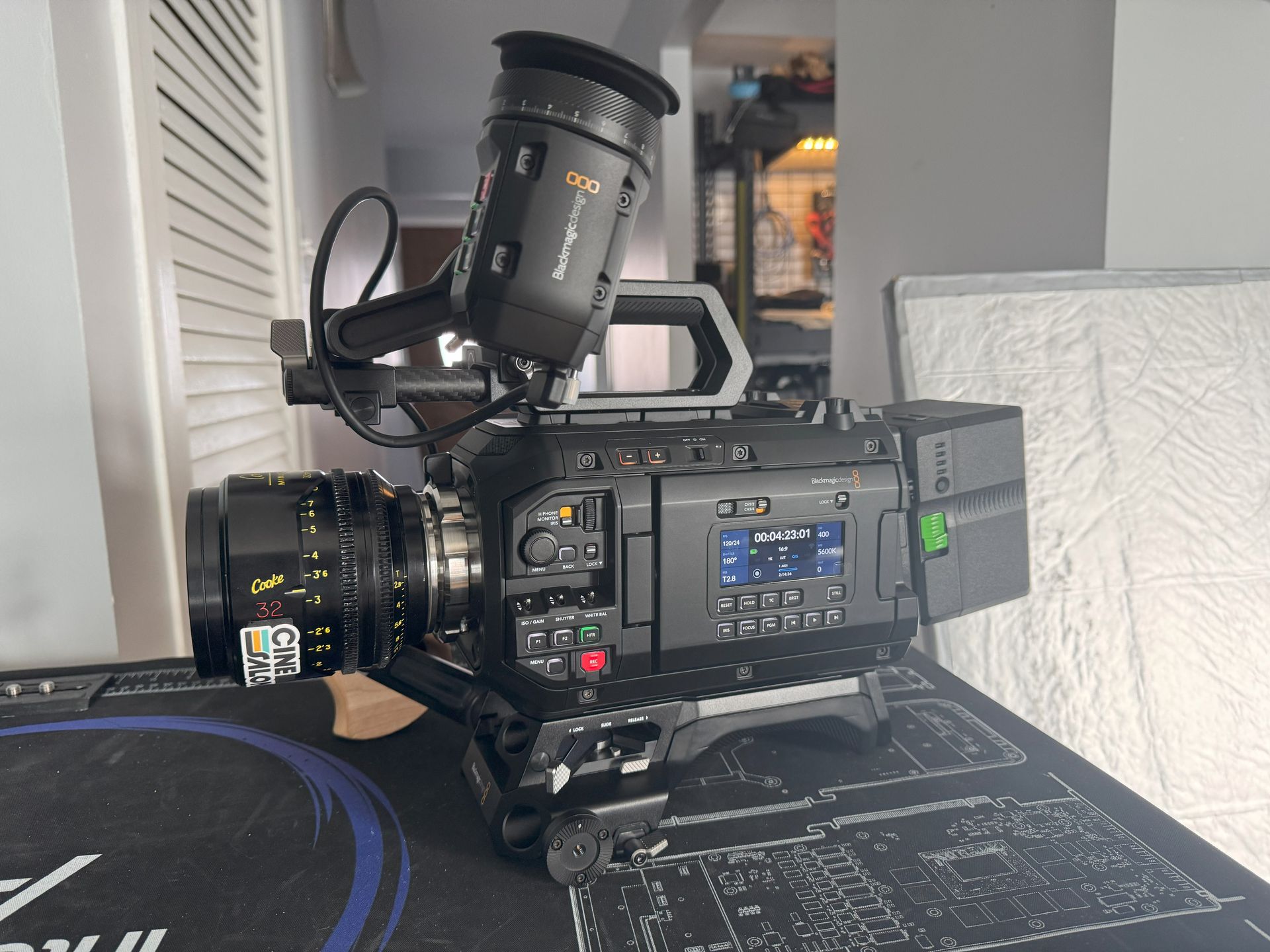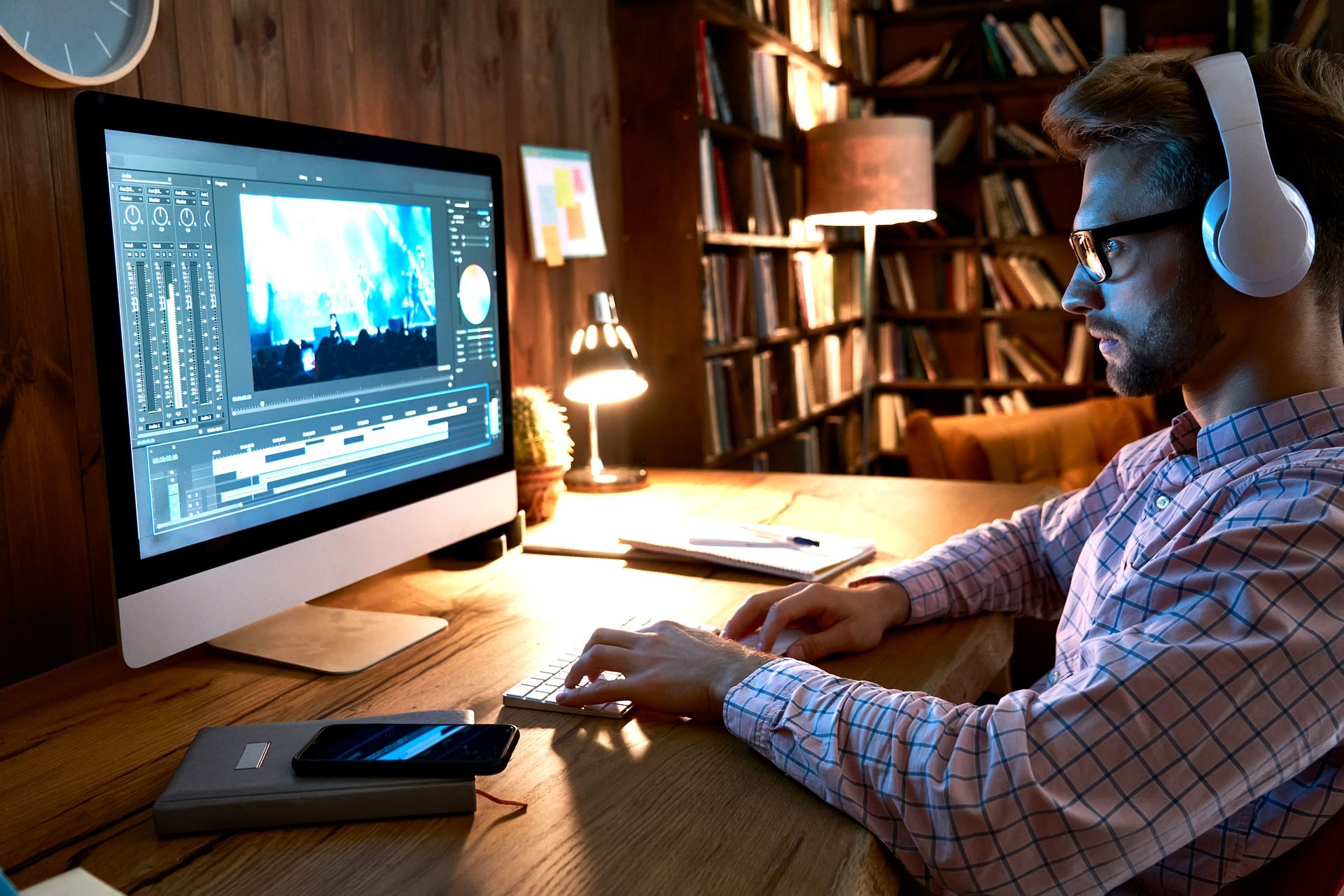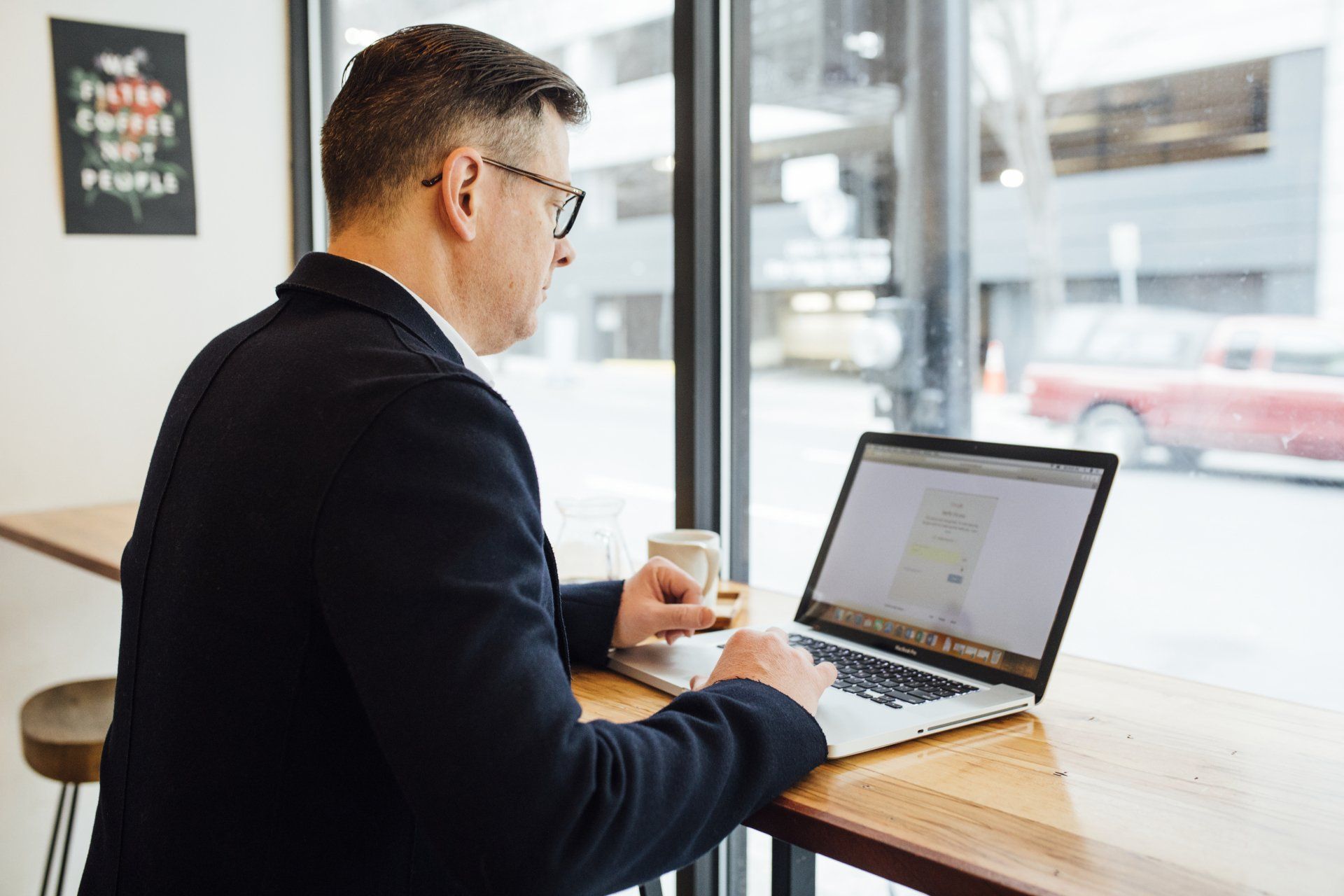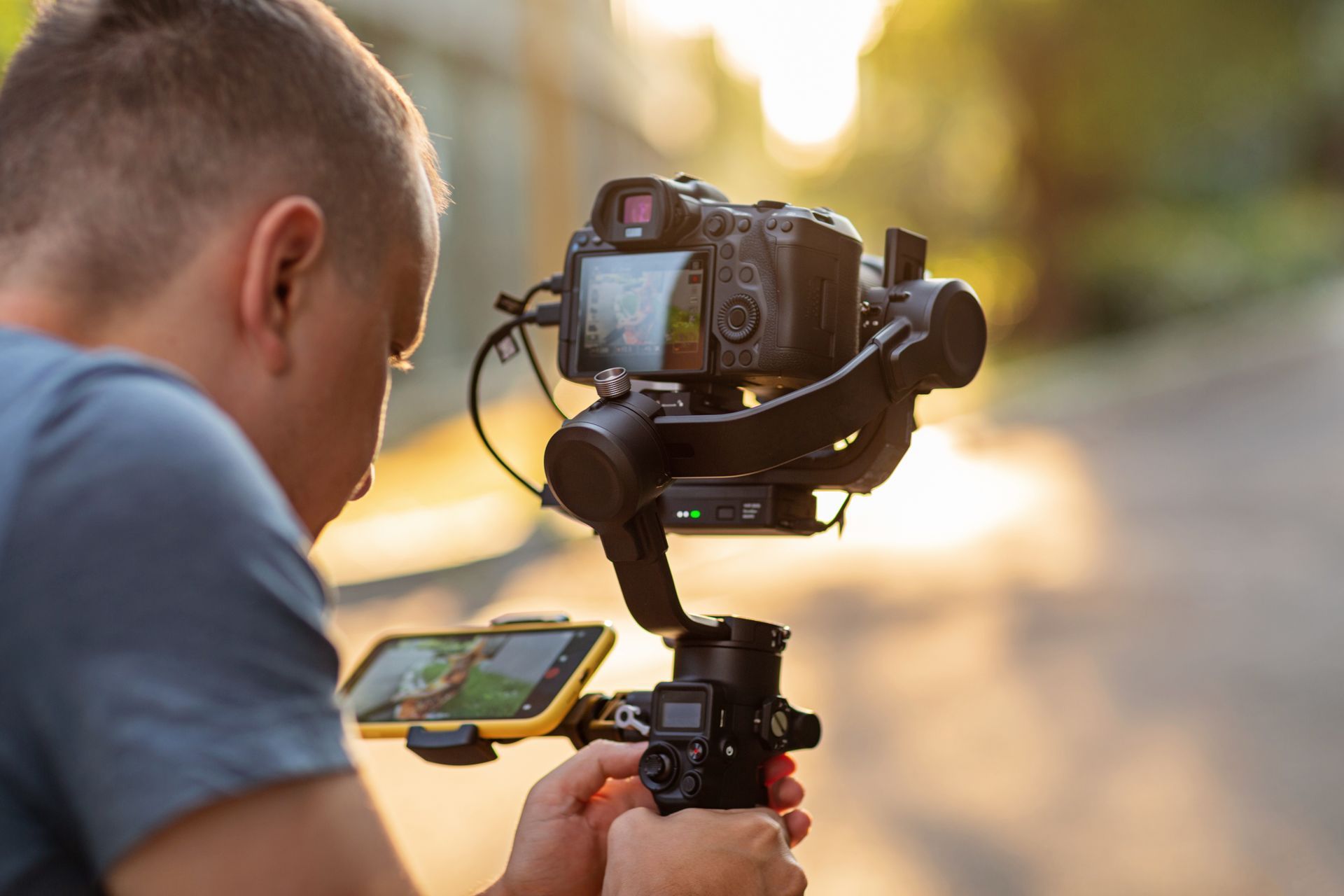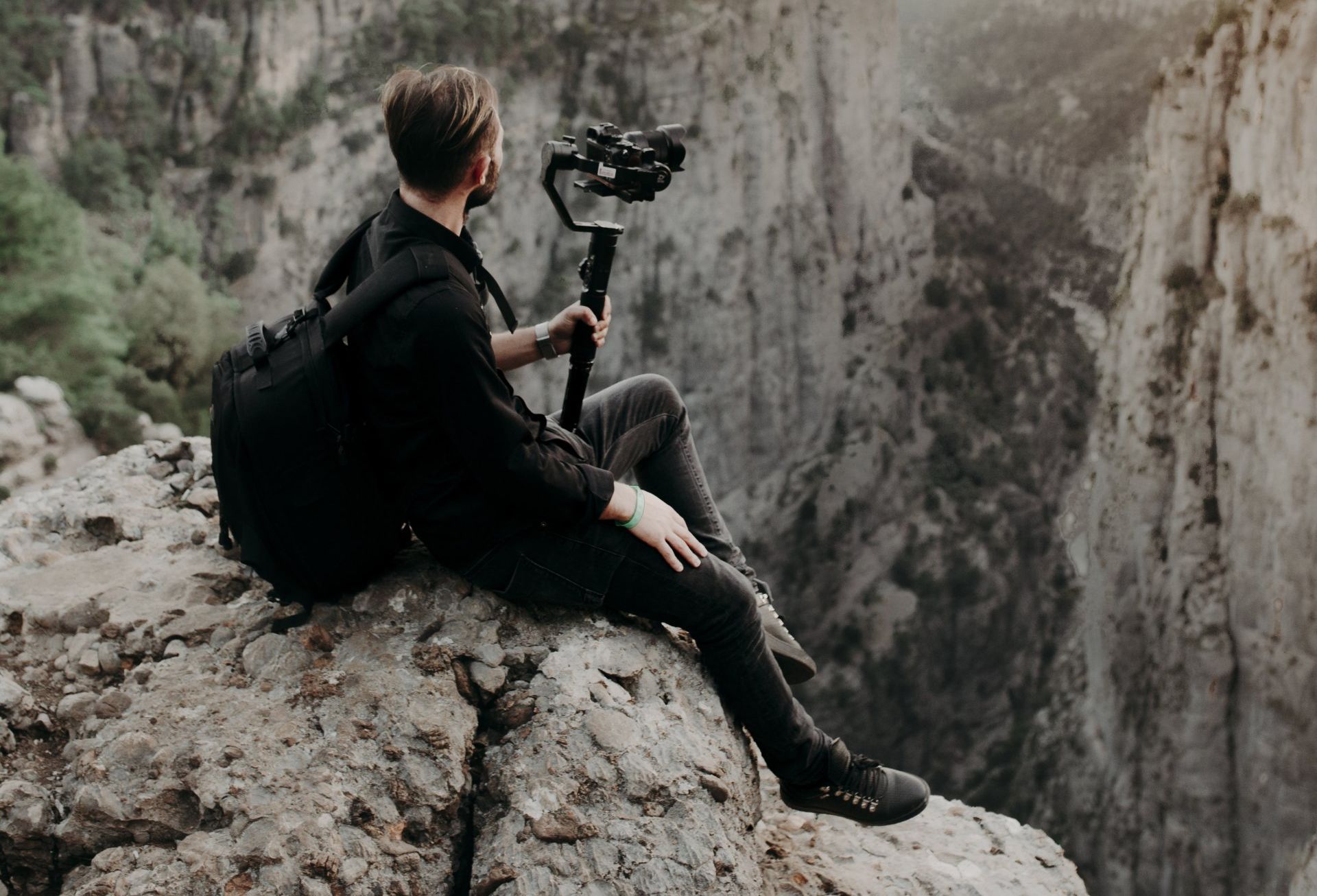
Crafting a video involves a nuanced artistry, where each component intricately communicates the desired message and captivates the viewer. The selection of shots stands out as a pivotal cornerstone in the realm of filmmaking, transcending mere visual frames to serve distinct purposes. These purposes encompass the communication of information, the elicitation of emotions, and the precise guidance of the viewer's focus. Delving into this extensive guide will unravel the intricacies of cinematic shots, offering insights into their strategic utilization for optimal impact in your video endeavors.
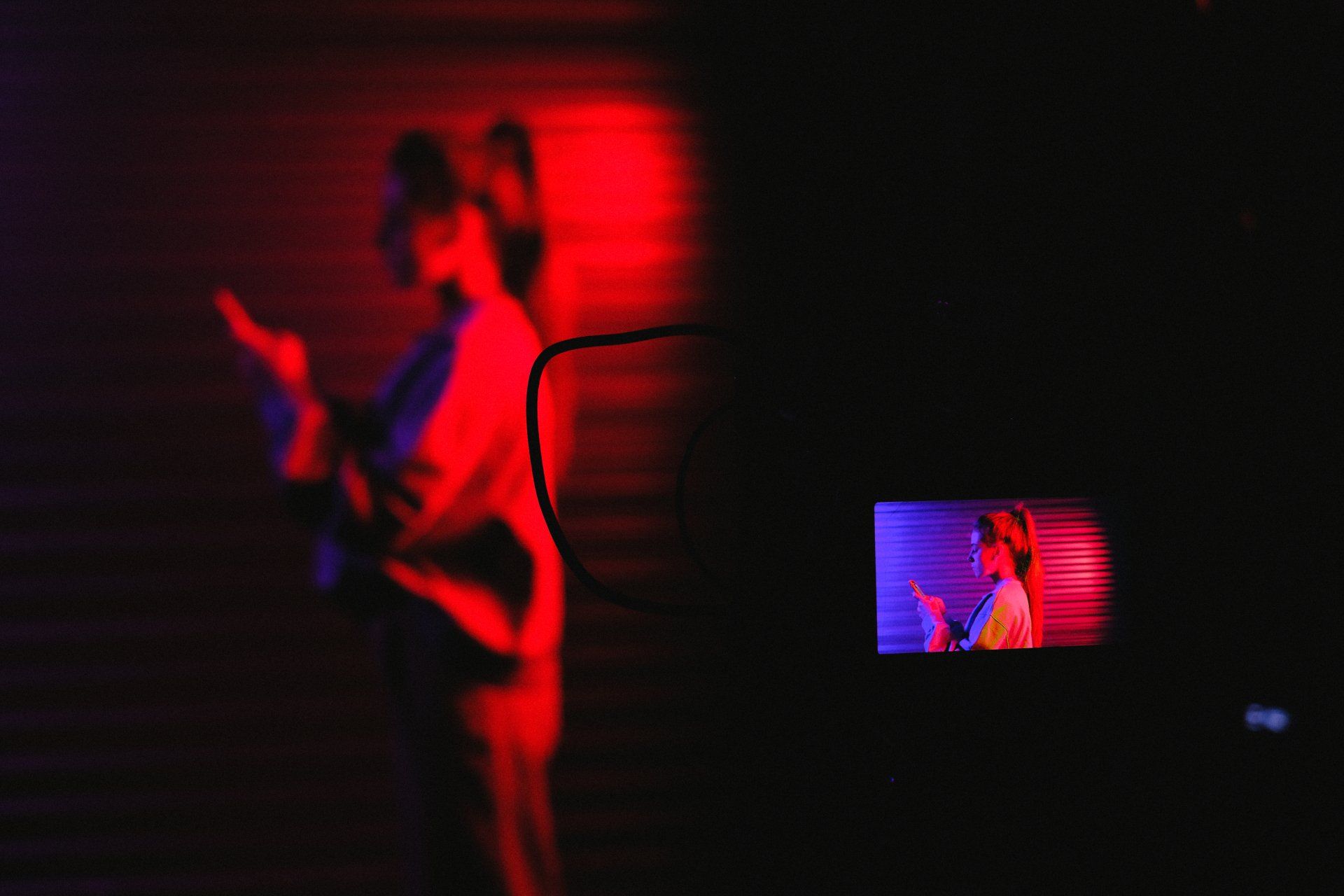
The Foundation
Extreme Wide Shots (ELS)
These shots are often used to establish the setting or location of a scene. They capture the broadest view and provide context, making them ideal for opening scenes or transitions.
Long Shots (LS)
Long shots frame the subject slightly closer than extreme wide shots while still showcasing its surroundings. They're perfect for showing a character's movement within a larger space.
Medium Shots (MS)
Medium shots skillfully capture the subject from the waist up, granting viewers a glimpse into facial expressions and body language. Primarily deployed for dialogues and character interactions, this framing choice enhances the visual storytelling experience.
Close-Ups (CU)
Close-ups, those intimate shots honing in on a specific feature or expression, zero in on elements like a character's face. These shots forge a profound emotional link with the audience, intensifying the impact of the visual narrative.
Extreme Close-Ups (ECU)
These shots zoom in even further, emphasizing minute details. They're perfect for showcasing emotions, objects, or symbols that hold significance in the story.
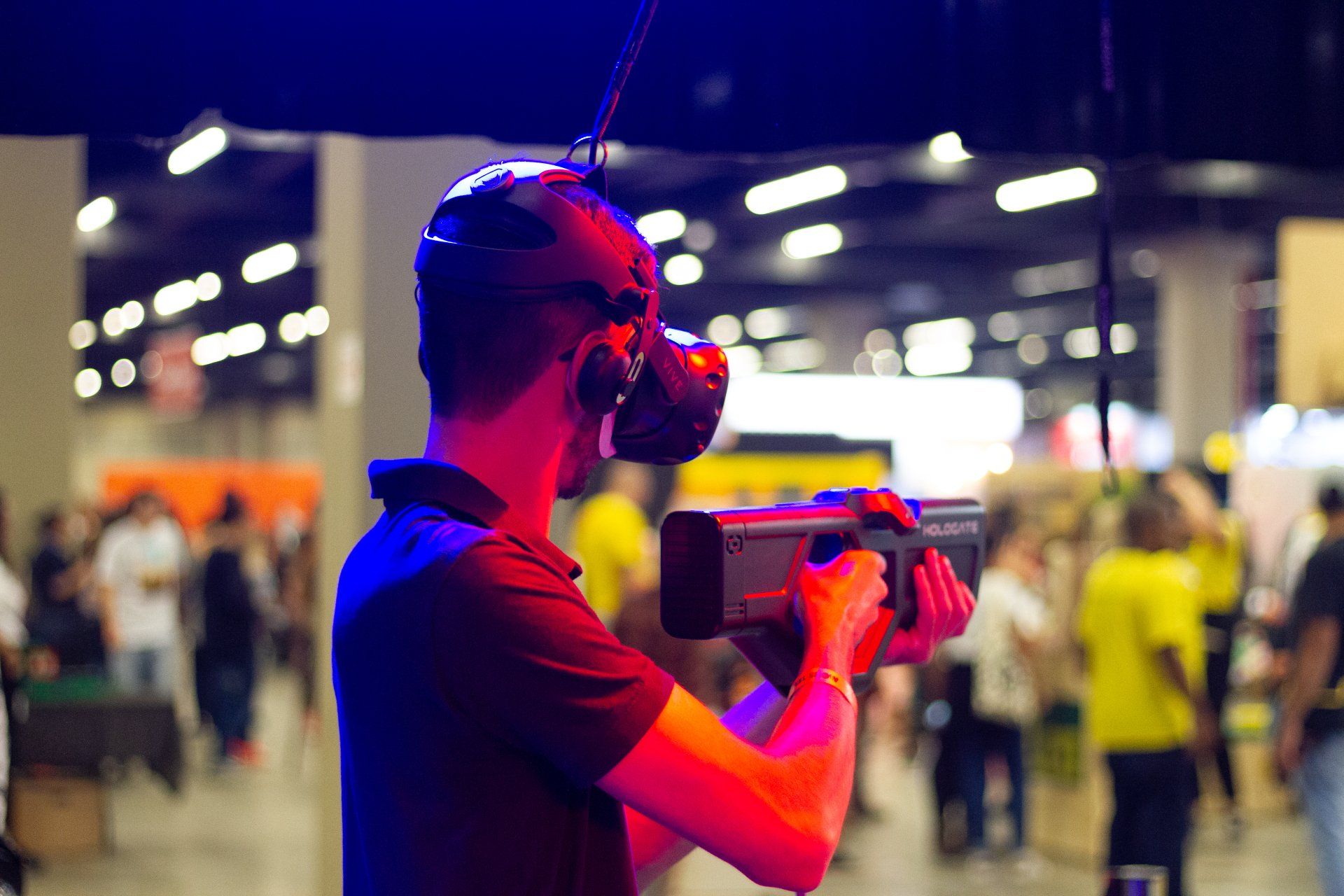
Beyond the Basics
While the basic shot types serve as the foundation of cinematography, filmmakers have a vast toolbox of specialized shots to create specific effects and moods. Some of these shots include:
Point-of-View (POV) Shots
Immersive shots plunge the viewer into the character's viewpoint, fostering a heightened engagement and an enriched experiential journey. They are often used in action sequences or to convey a character's thoughts.
Over-the-Shoulder (OTS) Shots
OTS shots position the camera behind one character, with the other in the foreground. They're frequently used in dialogues to emphasize the interaction between characters.
Dutch Angles
Dutch angles involve tilting the camera to create a disorienting or dramatic effect. They are commonly used in thriller or suspense genres to evoke a sense of unease.
Tracking Shots
These shots involve smooth camera movements that follow a subject as they move through a scene. They add fluidity and dynamism to the storytelling.
Crane Shots
Crane shots are achieved by mounting the camera on a crane or jib, allowing for sweeping, elevated views. They are often used for grand, cinematic images that provide a unique perspective.
Crafting Your Visual Story
The choice of shots in a video project is not arbitrary; it's a carefully considered decision that should align with the film's genre, the scene's mood, and the filmmaker's stylistic choices. Different combinations of shots can create a diverse range of effects, from tension and excitement to intimacy and empathy.

Types of Shots in Filmmaking
Extreme Wide Shot (ELS)
An ELS is like a grand panoramic painting in motion. It captures a vast area, such as a sprawling cityscape or a breathtaking landscape. Extended Long Shots, commonly employed as "establishing shots" at the scene's outset, serve the vital role of acquainting the viewer with the setting. These shots offer context, effectively immersing the audience in the cinematic universe.
Long Shot (LS)
An LS frames the subject from head to toe, revealing their entire presence in the scene. It's a versatile shot that shows the issue and their relationship to their surroundings. This type of shot frequently displays a character's movement within a larger space.
Medium Shot (MS)
When it's time for your characters to converse, the medium shot is your go-to. MS frames the subject from the waist up, allowing viewers to witness the nuances of facial expressions and body language. It's perfect for dialogue scenes, as it creates a sense of intimacy while still providing context.
Close-up (CU)
In a close-up shot, the camera zooms in to capture the subject's face in detail. This type of shot is all about emotions and inner thoughts. It's the window to the soul of your characters, making their feelings and reactions vivid and relatable.
Extreme Close-up (ECU)
The extreme close-up is your ally when you need to emphasize a tiny but significant detail. ECU shots zoom in on a small element, be it an eye, a tear, or an object. These shots create a sense of intimacy, tension, and suspense that can be particularly powerful in dramatic moments.
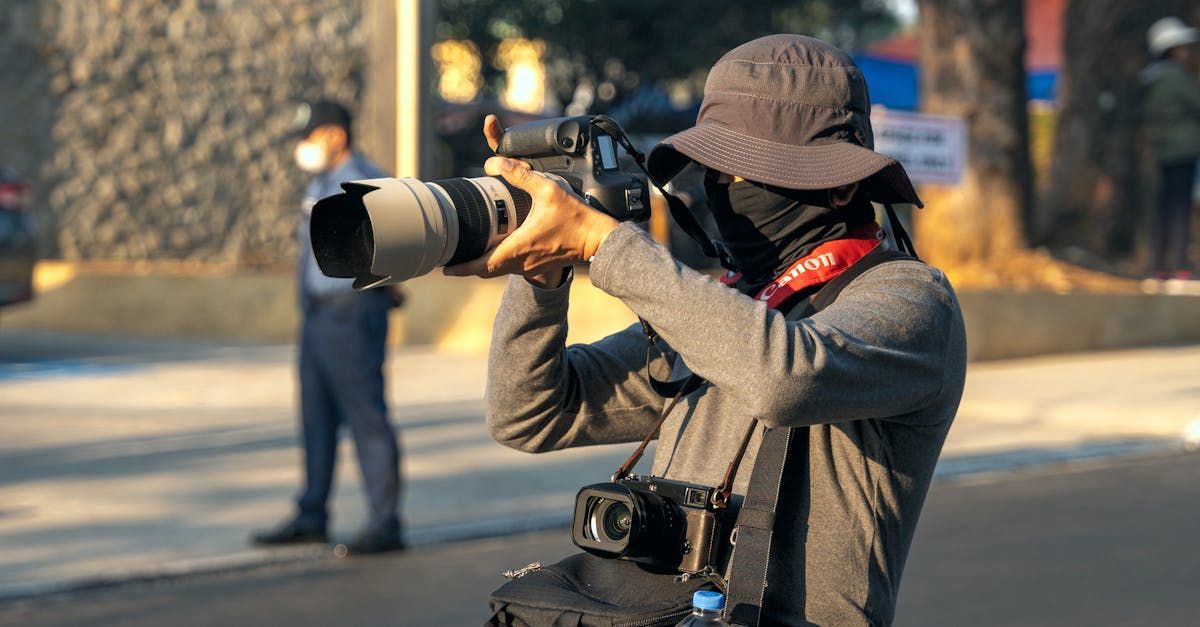
The Art of Composition
Filmmaking transcends mere shot selection; it extends to the nuanced composition of each frame. Elements such as framing, lighting, and camera movement wield significant influence in conveying the intended message. The art of design intricately weaves aesthetics and storytelling into a complex tapestry.
In the upcoming sections of this guide, we will delve into the technical nuances of various shot types, unraveling the creative elements that render them compelling. Proficiency in effectively leveraging these shots can elevate your storytelling prowess, capturing and captivating your audience.
Why Are Types of Shots Important in Filmmaking?
Conveying Information
One of the primary functions of different shots is to act as vessels of information. Each shot type has a unique ability to convey specific details to the viewer:
Introducing the Setting
Extreme wide shots (ELS) are like the cinematic cartographer's brushstroke, painting the grand canvas of the film's world. These shots serve as a visual introduction to the setting, whether it's the expansive cityscape or the tranquil countryside. Offering crucial context, they facilitate the audience's immersion into the narrative environment, enriching the storytelling experience.
Showing Relationships
Long shots (LS) approach the characters while still encompassing their surroundings. This shot type is instrumental in illustrating the relationship between the characters and the space they inhabit. It showcases their movement within the larger context, offering insights into their actions and interactions.
Revealing Emotions
Medium shots (MS) capture characters from the waist up, a distance that allows for the intricate portrayal of facial expressions and body language. In dialogue-driven scenes, MS shots mirror the characters' emotions and reactions. Viewers can read between the lines by observing the subtle cues in these shots.
Unveiling Inner Thoughts
The close-up shot (CU) is an emotional magnifying glass. It zeroes in on the subject's face, revealing their innermost feelings and thoughts. Whether it's a tearful eye or a beaming smile, CU shots lay bare the emotional core of a character.
Amplifying Intimacy
Extreme close-up (ECU) shots are the cinematic whispers. They focus on tiny, significant details, such as a quivering lip or a drop of sweat. ECU shots create unparalleled intimacy, deepening the audience into the character's world.
Crafting Mood and Atmosphere
Beyond information, the type of shot used can sculpt the mood and atmosphere of a scene. Filmmakers wield shot selection as a tool to create emotions and sensations:
Suspense or Excitement
Dutch angles, for instance, introduce a tilted perspective that can generate feelings of unease or excitement. Unconventional tips frequently find application in thriller or action genres, serving as a strategic tool to heighten tension and amplify the suspense within the narrative.
Intimacy
Close-up and extreme close-up shots prove ideal for intimate moments, providing the audience with a closeness to the characters' experiences. The proximity to the subject fosters empathy and establishes a profound emotional connection with the viewer.
Romance or Drama
The choice of shots can also set the stage for romance and drama. Soft lighting, close-ups, and long shots that focus on characters in a picturesque environment are often used in these genres to evoke love and melancholy.
Guiding Viewer's Attention
Perhaps one of the most crucial roles of shot selection is the ability to guide the viewer's attention. A well-crafted sequence of shots can direct the audience's focus, highlighting critical elements in a scene:
Character Focus
A diverse array of shots is at the filmmaker's disposal to redirect the viewer's attention between characters, adapting to the story's requirements. For instance, over-the-shoulder (OTS) shots play a crucial role in forging connections between characters while skillfully guiding the viewer's focus.
Object Emphasis
A specific object might hold a critical clue in a mystery or thriller. A series of shots can lead the viewer's gaze to this object, building intrigue and suspense.
Dynamic Storytelling
Tracking shots, crane shots, and other camera movements add dynamism to storytelling by leading the viewer's eye along with the action. These shots are crucial in action sequences and complex narratives.
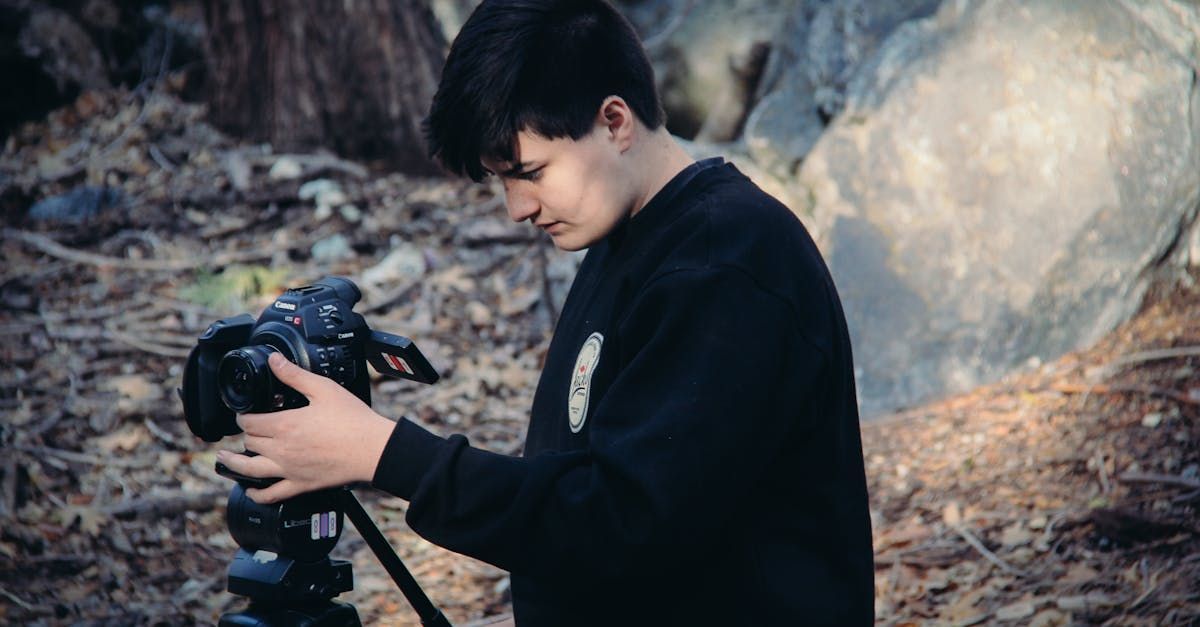
Specialized Shots in Filmmaking
In the intricate world of filmmaking, there exists a treasure trove of specialized shots, each serving a unique purpose and lending its distinct flavor to the cinematic narrative. These shots are the secret ingredients that add depth, immersion, and emotion to storytelling. Let's explore some of the most common specialized photos and how they contribute to the visual language of film.
Point-of-View (POV) Shot
The Point-of-View shot, commonly known as POV, is a cinematic device immersing the viewer directly into a character's perspective within the scene. By adopting the character's viewpoint, this technique crafts an immersive experience, enabling the audience to perceive and feel the world as the character does. POV shots frequently evoke empathy and understanding, making the viewer actively participate in the story. They are particularly effective in action sequences, where the viewer becomes a part of the exhilarating journey.
Over-the-Shoulder (OTS) Shot
An Over-the-Shoulder shot, or OTS, is a technique that situates the camera behind one character, with another character in the foreground. This shot type is a staple of dialogue scenes, as it helps establish the connection and interaction between characters. OTS shots provide the audience with a balanced view of the speaker and the listener, ensuring no nuances in their expressions or reactions are missed. By doing so, filmmakers can enhance the audience's understanding of the character dynamics and the emotional subtleties.
Low-Angle and High-Angle Shots
In filmmaking, the camera isn't a passive observer but an active contributor to shaping the viewer's perception. Two shots that vividly illustrate this participatory role are the Low-Angle and High-Angle shots:
Low-Angle Shot
When the camera gazes upward from a lower position, capturing the subject from below, it creates a Low-Angle shot. This technique imbues the issue with power, dominance, and an imposing presence. Low-angle photos often make a character or object appear larger than life, evoking awe and authority. They are a favorite choice in superhero movies and epic sagas.
High-Angle Shot
On the flip side, a High-Angle shot peers down upon the subject from an elevated position. This perspective diminishes the subject's size and stature, making them appear vulnerable, insignificant, or submissive. High-angle shots are employed to induce feelings of unease helplessness, or to accentuate the vulnerability of a character. They often feature in scenes of suspense drama or to create a sense of intimidation.
The Art of Disorientation
When filmmakers seek to disrupt the conventional visual norms and stir unease or disorientation in the viewer, they turn to the Dutch Angle. This is a shot where the camera tilts to one side, intentionally skewing the horizon. Dutch angles add a dynamic and disorienting quality to a scene, creating a sense of imbalance and unease. They are a favorite tool in genres like thriller, horror, and surreal cinema, where the abnormal and the uncanny thrive.
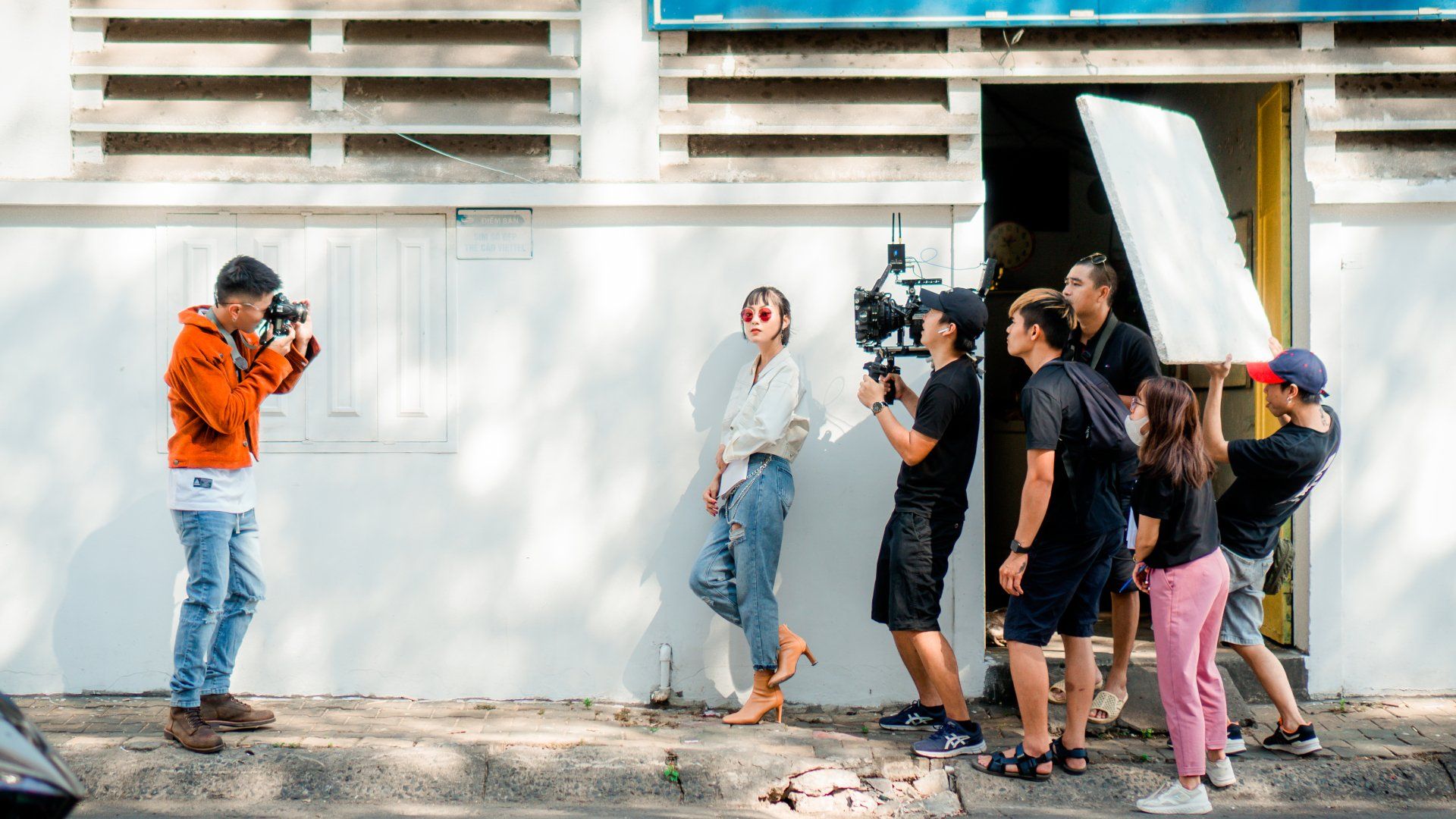
Tips for Using Different Types of Shots in Filmmaking
Mastering the art of shot selection in filmmaking goes beyond knowing the types of shots; it's about using them effectively to craft a compelling and emotionally resonant narrative. Here are some additional tips to help you harness the full potential of these cinematic tools:
Embrace Variety for Engagement
Variety is the spice of cinematic life. To keep your audience engaged and captivated, employ a variety of shots in your storytelling arsenal. Mix wide shots with close-ups, high-angle shots with low-angle shots, and conventional angles with Dutch angles. This diversity of images adds visual interest and keeps the viewer's attention sharp and their emotional engagement high.
Match Shots to Mood and Tone
One of the critical secrets to effective shot selection is aligning the type of shot with the mood and tone of the scene. Consider the emotional arc of the characters and the story. Are you aiming for suspense, intimacy, or vulnerability? Choose shots that accentuate these emotions. For instance, use close-ups for intimate moments, high-angle images for exposure, and Dutch angles for scenes requiring unease.
Create Immersion with POV Shots
For a profound immersion into the narrative, point-of-view (POV) shots prove invaluable. By embracing the character's perspective, these shots transform the audience into active participants in the unfolding story. These shots are compelling in action sequences or scenes where you want the viewer to experience the level through the character's eyes. They add an extra layer of connection and empathy.
Unravel Relationships with OTS Shots
Over-the-shoulder (OTS) shots are a superb way to portray the relationship dynamics between characters. These shots give the audience a comprehensive view of the speaker and the listener, allowing them to interpret the nuances in their expressions and reactions. OTS shots are ideal for dialogue scenes and help establish the connections between characters, be it camaraderie, tension, or affection.
Play with Power and Vulnerability
Low-angle and high-angle shots are potent tools for conveying power dynamics and vulnerability. If you want a character to appear imposing and dominant, employ a low-angle shot, gazing up at them. On the other hand, if you aim to emphasize vulnerability or insignificance, opt for a high-angle shot that looks down upon the subject. These angles can be instrumental in shaping the audience's perception of characters and situations.
Infuse Tension with Dutch Angles
Dutch angles are like the twist in a suspenseful tale. They introduce a deliberate tilt that disrupts the visual equilibrium, infusing scenes with tension and unease. When you want to create a sense of disorientation or emotional turbulence, tilt your camera and embrace the Dutch angle. It's often used in thriller, horror, and surreal cinema to add an extra layer of intensity.
Conclusion
In the enchanting world of filmmaking, types of shots are the brushes, colors, and strokes that bring narratives to life. These shots serve as the visual language, communicating information, emotions, and meaning to the audience. Through a nuanced understanding of these shots and their creative utilization, filmmakers can craft films that are visually captivating and deeply resonate emotionally.
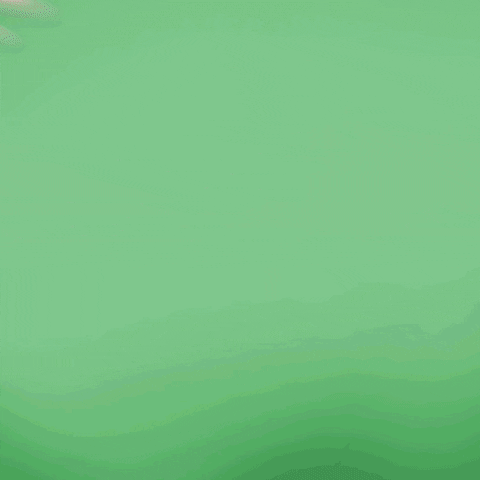
Get total clarity on your video marketing and paid media with our FREE comprehensive data audit.

